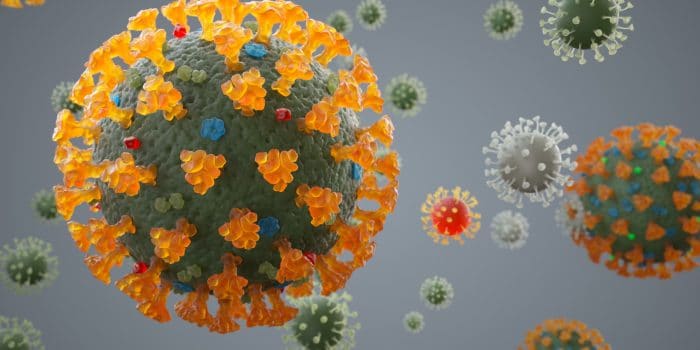The human cost of Covid-19 has been well documented, with more than 5.7 million cases and in excess of 353,000 deaths reported globally as of May 27th.
However, governments are now looking to factor in the socio-economic and financial impact of the pandemic, with unemployment rampant and country’s like the UK projecting a 35% decrease in productivity.
Beyond this, we must also consider the future cost of researching, developing and distributing a viable vaccine, if such a treatment can be discovered by scientists. While this cost may ultimately be lower than extended or periodical lockdowns caused by the absence of a viable treatment, this will require significant investment and collaboration between nations.
But how big will this cost ultimately be, and what challenges could the global economy face as the hunt for a vaccine continues in earnest?
The Chances (and Challenges) of Finding a Vaccine
Let’s start with a blunt assertion; while the early research and development of a Covid-19 vaccine has progressed at an unprecedented pace, it’s unlikely that a usable product will be available for distribution by the end of this year.
There’s plenty of evidence to support this too; with the mumps vaccine (widely considered the fastest ever to progress from viral sampling to licensed drug) taking four years to achieve its objective.
While some may justifiably argue that technology has advanced at an incredible pace since 1967, more recent examples also fail to offer the necessary reassurance. For example, we still have yet to develop a viable vaccine for SARS, which spread rapidly across the globe in 2003 and cost the lives of 774 people in total.
This has followed well over a decade of research, and while this partially down to a lack of funding that became apparent as the virus petered out, it also highlighted the complexities and financial challenges that hinder the development of potentially life-saving treatments.
This is a real shame; particularly as both SARS and Covid-19 are essentially respiratory diseases and the development of a vaccine for the former would have laid the foundations for an effective coronavirus treatment.
Undoubtedly, this reveals a significant flaw in the current framework for vaccine development, with funding market-driven and often reactive in the face of a rapidly-changing and often mutating threat. This is a challenge that must be overcome in the case of Covid-19, particularly given the spread of the outbreak and its incredibly troubling death-rate.
What About the Cost?
The funding of a vaccine is also diverse and tends to accumulate quickly within a short space of time; covering the initial research and development (R&D), regulatory approval, plants, labour, production, equipment, liability and (ultimately) distribution.
To this end, industry experts estimate that a new vaccine will cost anywhere between $400 million and $2 billion, with the most variable costs linked to labour and the distribution of the treatment across the globe..
This creates an interesting challenge in the current climate, as authorities can expedite the development and distribution of a vaccine by increasing the labour force and building a complex international supply chain, but this will also increase costs that may be difficult for nations to bear in an increasingly strained economic climate.
Beyond this, we must also consider a post-Covid world where a vaccine doesn’t exist (which is likely to be the case for at least 18 months and probably beyond if we use history as our guide).
Make no mistake; this will create further economic uncertainty and increase the risk of future regional or national lockdowns, impacting on businesses and the labour market alike. This will also damage the financial markets, with assets such as company shares and national currencies also poised for increased volatility in a pre-vaccine climate.
Ultimately, the development of a vaccine represents the best way to ease the healthcare and socio-economic burden that has been created by Covid-19. However, we must also strive to manage our expectations in this respect, particularly when it comes to cost and likely timeframe for delivery.


